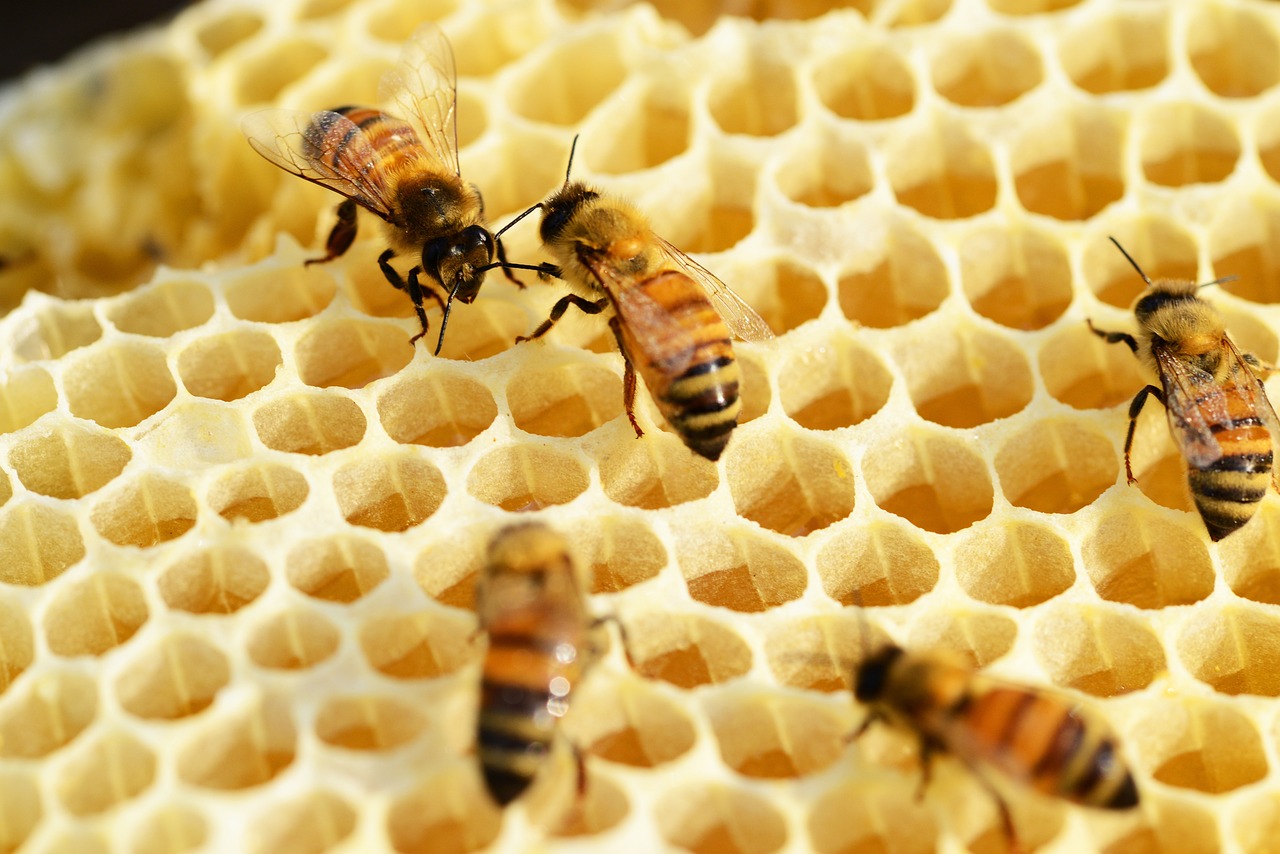X-Ray Crystallography: What is it?
When you think of the word X-ray, you probably imagine pictures of bones or lead aprons. The truth is, X-rays are just a form of electromagnetic radiation with a very short wavelength. The discovery of X-rays just before the 1900s has given it the opportunity to branch out into a myriad of professional fields, the most common application being medical screening. Another technology that was discovered roughly the same time involving X-rays is for crystallography — the study of the arrangements in tiny crystals.
When X-rays hit a crystal, they scatter or diffract in different directions. By measuring the intensity of these diffracted X-rays with a camera, we can accurately determine the arrangement of atoms within the crystal. This technology has applications in a variety of fields, including structural biology and chemistry.
Franklin’s Double Helix
Some might be aware of Rosalind Franklin and how she discovered the double helix structure of DNA. Her data was then used by Watson and Crick who officially proposed their model of DNA in 1953. This itself became a massive scandal in the scientific community, with many claiming that it was an act of pure misogyny. Nonetheless, Franklin’s discovery largely impacted the scientific world, but it is not widely known that her discovery of the DNA structure was through X-ray crystallography. Her work with the technology also dealt with other biological structures, with some identifying her as a pioneer of the structural virology field. Unfortunately, her work concluded in 1958 after she passed away at the age of 37 due to ovarian cancer.

Physical Models
Although, like most hard sciences, X-ray crystallography is very technical and requires plenty of skill to perform, the resultant images and models are oddly artistic. The underlying molecular shapes of biochemical structures are intricate and give us insight into how the world operates on a molecular scale. I encourage you to check out the Science Museum for more information and physical models of the works done through X-ray crystallography. It goes much deeper on its technological and historical backgrounds, which are all very intriguing to read about.
If you’ve taken a chemistry course before, you might remember the struggles of having to memorize all the VSEPR molecular shapes. Researching this topic brought back these memories, but it also gave me a new appreciation for why it was included in the curriculum. I think it’s valuable to understand what our world looks like on a scale so much smaller than what our eyes can see. After all, much of science is visual, and this is just one example.





